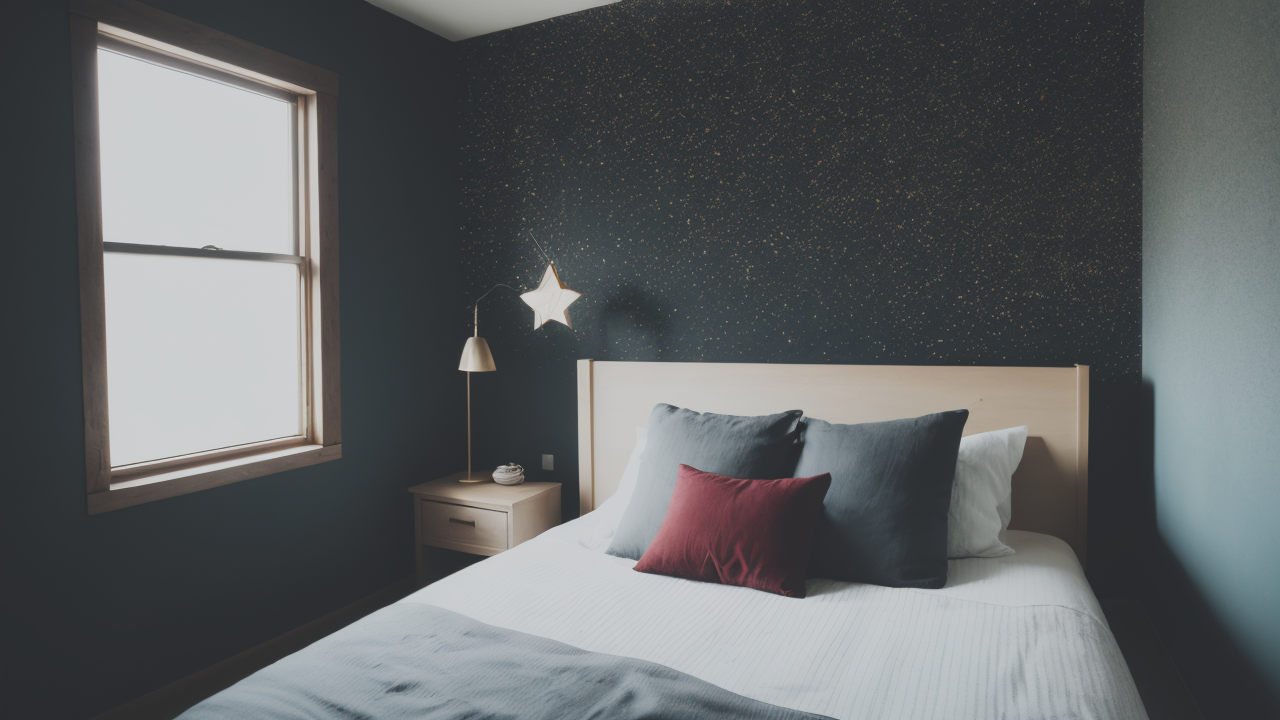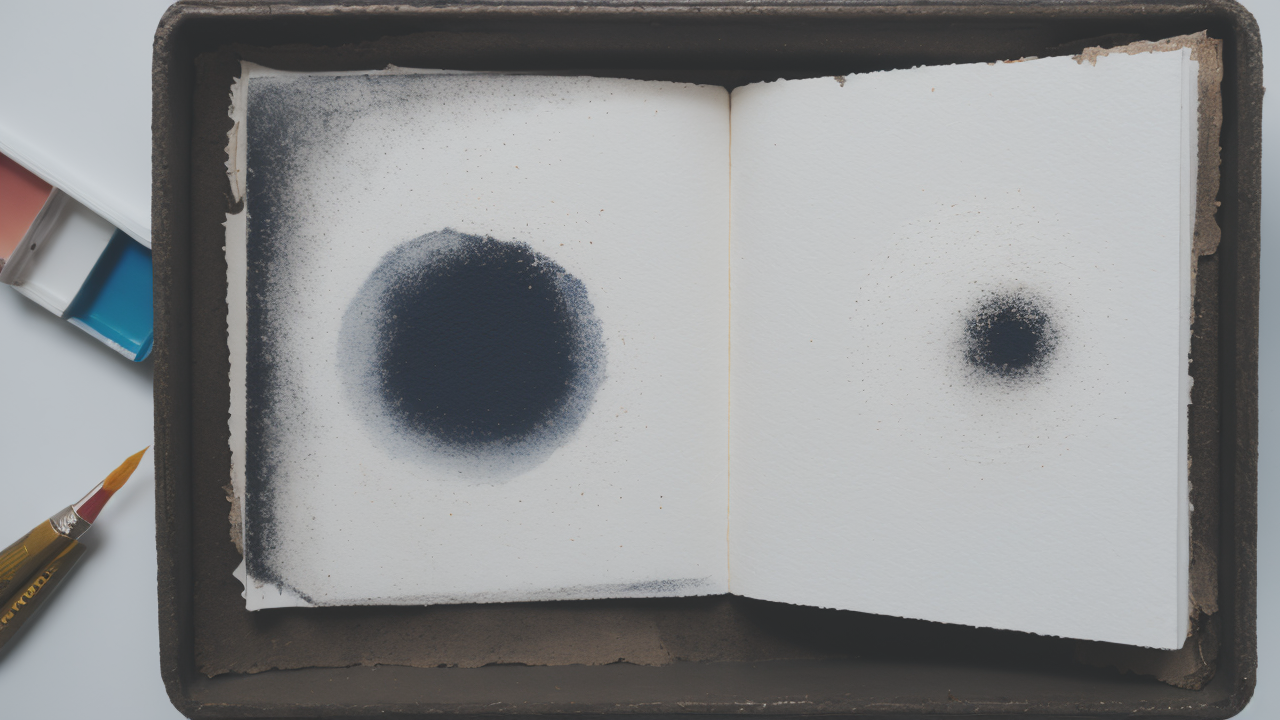
Creating Statement Artpieces: From Concept to Completion
Understanding the Wabisabi Aesthetic
The Origins of Wabisabi Art
Wabisabi art has its roots in Japanese culture. It emerged from Zen Buddhism in the 15th century. This art form values simplicity, imperfection, and the passage of time. Wabisabi finds beauty in the natural aging of objects.

The concept developed as a reaction to ornate art styles. It aimed to capture nature's essence in art. Wabisabi artists focused on subtle beauty and quiet elegance. This approach was very different from the flashy art of that era.
Wabisabi art often uses natural materials and muted colors. It celebrates asymmetry and roughness. The goal is to create a sense of calm in the viewer. This art form encourages people to slow down and enjoy life's simple moments.
Key Characteristics of Wabisabi Design
Wabisabi design has several key features that make it unique:
- Simplicity: Designs are stripped down to their basic elements.
- Asymmetry: Perfect balance is avoided in favor of natural imperfection.
- Roughness: Textures are often uneven or weathered.
- Natural materials: Earth tones and organic substances are preferred.
- Subtlety: Colors are muted and understated.
- Intimacy: Small, cozy spaces are valued over grand ones.
- Appreciation of age: Signs of wear are seen as beautiful.
These elements create a sense of rustic elegance. Wabisabi designs often feel warm and inviting. They encourage viewers to notice and appreciate small details.
In wall art, wabisabi might appear as simple line drawings or abstract shapes. It could also be seen in textured canvases with minimal color. The aim is to create a peaceful and thoughtful atmosphere.
Crafting Wabisabi Artwork: Techniques and Materials
Selecting the Right Canvas and Materials
Choosing materials is crucial in wabisabi art. The right choices can enhance the artwork's minimalist appeal. Here are some tips for selecting canvas and materials:

- Canvas: Choose natural, unbleached cotton or linen. These have subtle textures that add depth.
- Paints: Use earth tones and muted colors. Watercolors or acrylics work well for wabisabi art.
- Brushes: Pick brushes with natural bristles. They create softer, more organic strokes.
- Ink: Sumi ink is traditional in Japanese art and perfect for wabisabi designs.
- Paper: Handmade or textured paper can add an organic feel to your art.
Remember, imperfections in materials can enhance wabisabi art. A slightly uneven canvas or paper with visible fibers can add character. The goal is to create art that feels natural and uncontrived.
When selecting colors, stick to a limited palette. Earthy tones like beige, gray, and soft browns work well. You can add subtle pops of color with muted greens or blues.
Innovative Techniques to Create Wabisabi Patterns
Creating wabisabi patterns requires a delicate touch. Here are some techniques to try:
- Negative space: Let empty areas speak as loudly as filled ones.
- Asymmetrical composition: Avoid perfect balance in your designs.
- Minimal brushstrokes: Use few, deliberate strokes to convey your message.
- Texture building: Layer paint or ink to create subtle depth.
- Imperfect circles: Practice drawing circles that aren't quite perfect.
- Weathering techniques: Age your canvas or paper for a worn look.
- Drip painting: Allow paint to drip naturally for organic patterns.
Experiment with these techniques to find what works for you. Remember, wabisabi art is about embracing imperfection. Don't aim for flawless execution. Instead, let the natural flow of your materials guide you.
Try combining different techniques in a single piece. For example, use minimal brushstrokes with intentional drips. Or create an asymmetrical composition with textured elements.
The key is to keep your designs simple and understated. Let the beauty of imperfection shine through in your work.
Marketing Your Wabisabi Art
Strategies for Selling Minimalist Canvas Art
Selling wabisabi art requires a thoughtful approach. Here are some strategies to help you market your work:

- Tell your story: Share the philosophy behind your art. Explain what wabisabi means to you.
- Highlight uniqueness: Emphasize how each piece is one-of-a-kind due to its imperfections.
- Create a cohesive collection: Group similar pieces together to create a stronger impact.
- Price appropriately: Research the market to set fair prices for your art.
- Offer different sizes: Provide options to suit various spaces and budgets.
- Partner with interior designers: They can help place your art in suitable spaces.
- Participate in art fairs: These events can expose your work to a wider audience.
Remember to focus on the emotional appeal of your art. Wabisabi pieces often evoke feelings of calm and reflection. Highlight these qualities in your marketing materials.
Consider creating a lookbook that shows your art in different settings. This can help potential buyers visualize the pieces in their own homes. You could also offer consultations to help clients choose the right piece for their space.
Leveraging Social Media to Showcase Your Wabisabi Designs
Social media is a powerful tool for artists. Here's how to use it effectively for your wabisabi art:
- Choose the right platforms: Instagram and Pinterest are great for visual art.
- Post consistently: Share new work and behind-the-scenes content regularly.
- Use relevant hashtags: Try #wabisabi, #minimalistart, and #canvasart.
- Show your process: Share videos or photos of your art-making process.
- Engage with your audience: Respond to comments and messages promptly.
- Collaborate with other artists: This can help you reach new audiences.
- Run contests or giveaways: These can increase engagement and followers.
When photographing your art, aim for natural lighting. This helps capture the subtle textures and colors of wabisabi pieces. Consider showing your art in minimalist settings to emphasize its simplicity.
Use your social media to educate followers about wabisabi. Share quotes or facts about the philosophy. This can help build interest in your work and the concept behind it.
Remember to be authentic in your social media presence. Let your passion for wabisabi shine through in your posts and interactions. Share your journey as an artist and the inspiration behind your pieces.
Engage with your followers by asking for their thoughts on wabisabi. You could start discussions about finding beauty in imperfection. This can help create a community around your art and the wabisabi philosophy.
Consider offering mini-tutorials or tips on creating wabisabi art. This can position you as an expert in the field and attract more followers. It can also inspire others to try wabisabi art, potentially creating new customers.
Lastly, don't be afraid to show the human side of your art practice. Share your struggles and triumphs. This can make your art more relatable and increase audience connection.


